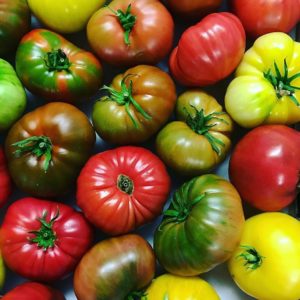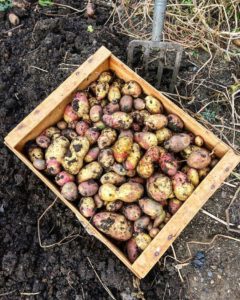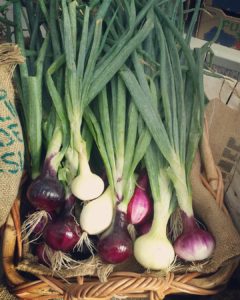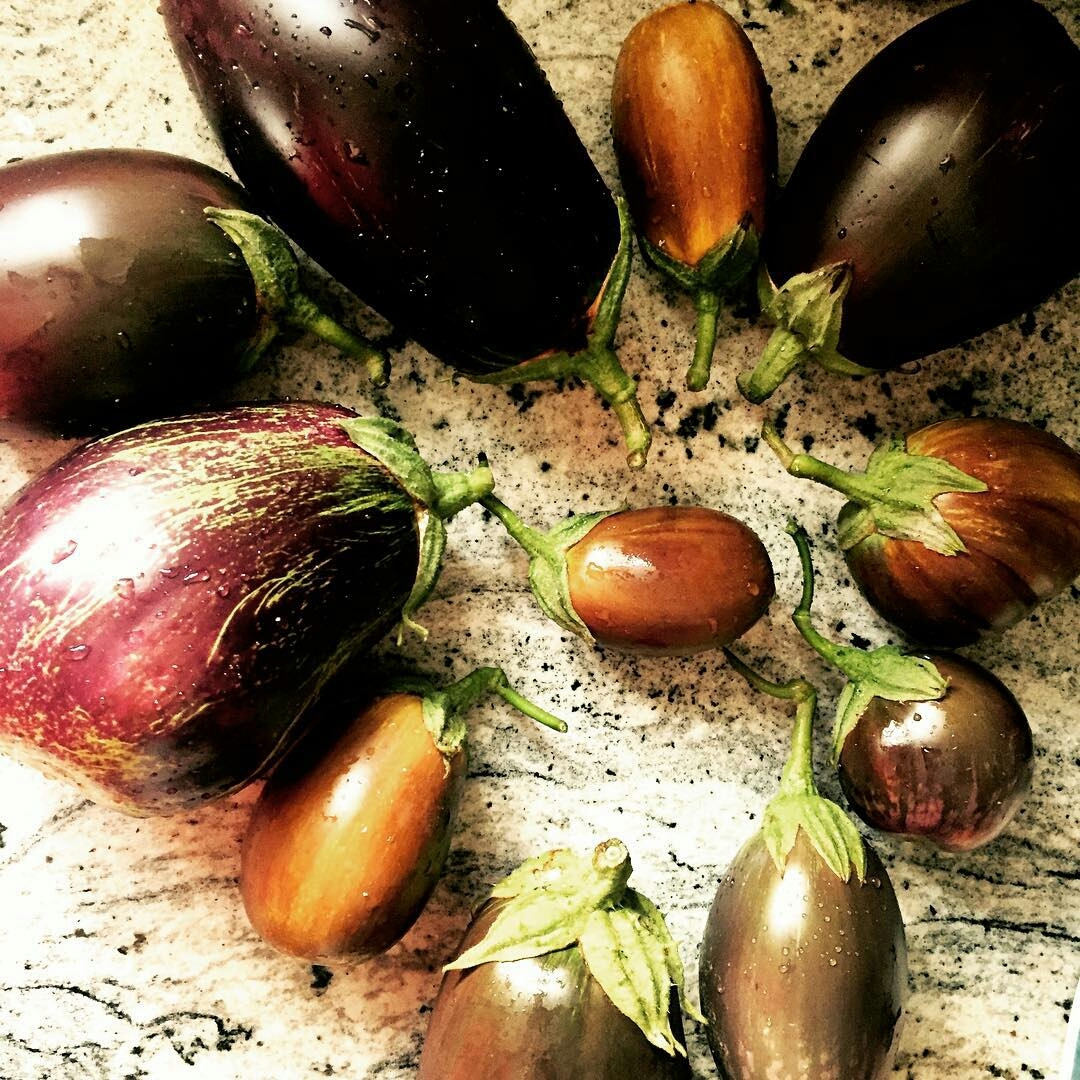You may have been watching your favourite cooking show or reading a great new cookbook and noticed chefs talking about heirloom ingredients. So what exactly are heirlooms? No, they have nothing to do with your great grandmother’s wedding ring. If you guessed oddly shaped little veggies, you were right – and this new food trend is taking the industry by storm. Here’s the low-down.
By Roxanne Greeff
What are heirlooms?
They are fruits and vegetables that were grown during the early periods of human history, but are not produced in large-scale agricultural systems today. Believe it or not, there are hundreds of forms of tomatoes, apples, carrots, potatoes – you name it! But only a few of these can be produced on a large scale, and so these are what we get in bulk in our supermarkets.
But surely these ‘older’ varieties can’t be that different to what we buy in shops? According to the National Gardening Association, heirloom fruit and vegetables are something very specific. Firstly, they have to be naturally pollinated by insects, birds and the wind. No hand pollination or pollen drops from the air. The seeds used to grow the plants also have to be at least 50 years old. So where does the ‘heirloom’ part come in? Well, they’re much tastier, more resilient, longer lasting and nutrient-rich as the seeds are hand-selected by growers from their strongest and most successful plants, and then passed down from generation to generation.
What we get in our supermarkets are options that all look and taste exactly the same, because they are grown to satisfy the eye of consumers who mostly like uniformity. And because they are genetically modified to look and taste a certain way, and to last a certain amount of time, the seeds are often sterile and so can’t be plucked from the most successful crop and used again next year.
Why we love them
1. The taste is amazing compared to standardised hybrids.
2. Recent research has shown that newer hybrids grown at higher yields are consistently less nutritious than heirlooms.
3. They are grown traditionally, meaning seeds don’t become sterile and can be saved for next year to grow an even better crop than the yield before.
4. They ripen at their own pace. This is a great advantage if you are growing your own or buying from a market. They will ripen at different times, so you will always have fresh produce in your garden and can pick as they ripen without having to worry about harvesting in bulk and having your veg go bad.
5. Whether you’re growing your own, picking some up at a farmer’s market or looking to an heirloom shelf in your grocery store, they are, without all that processing, almost always cheaper than hybrids.
#Insta-looms
Check out the following profiles on Instagram for some heirloom eye candy.
Heirloom tomatoes from @specialtyproduce

Heirloom potatoes from @onetomato_two

Heirloom onions from @oldsoulfarm





